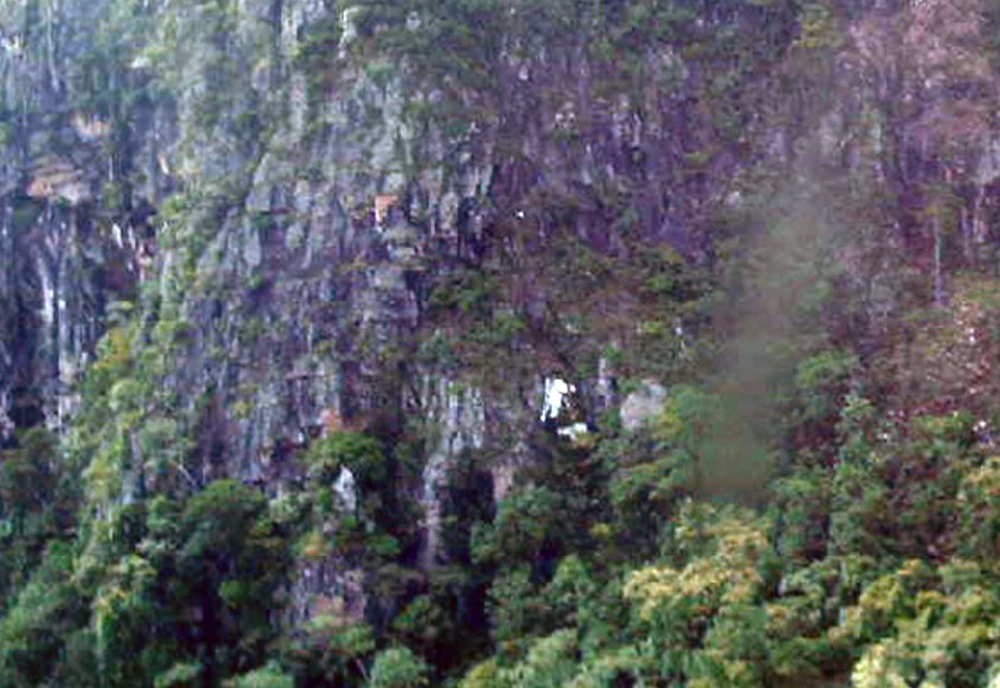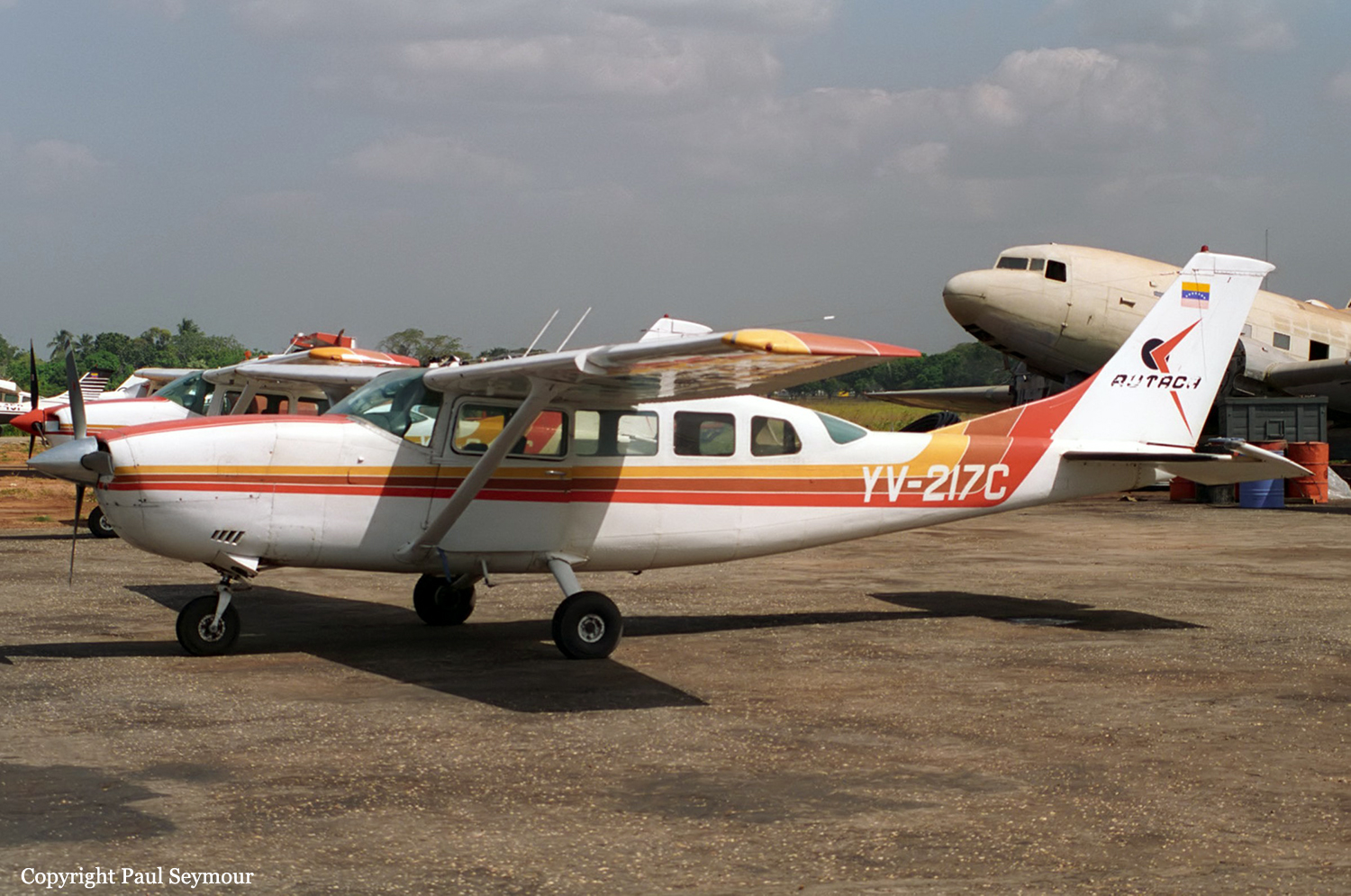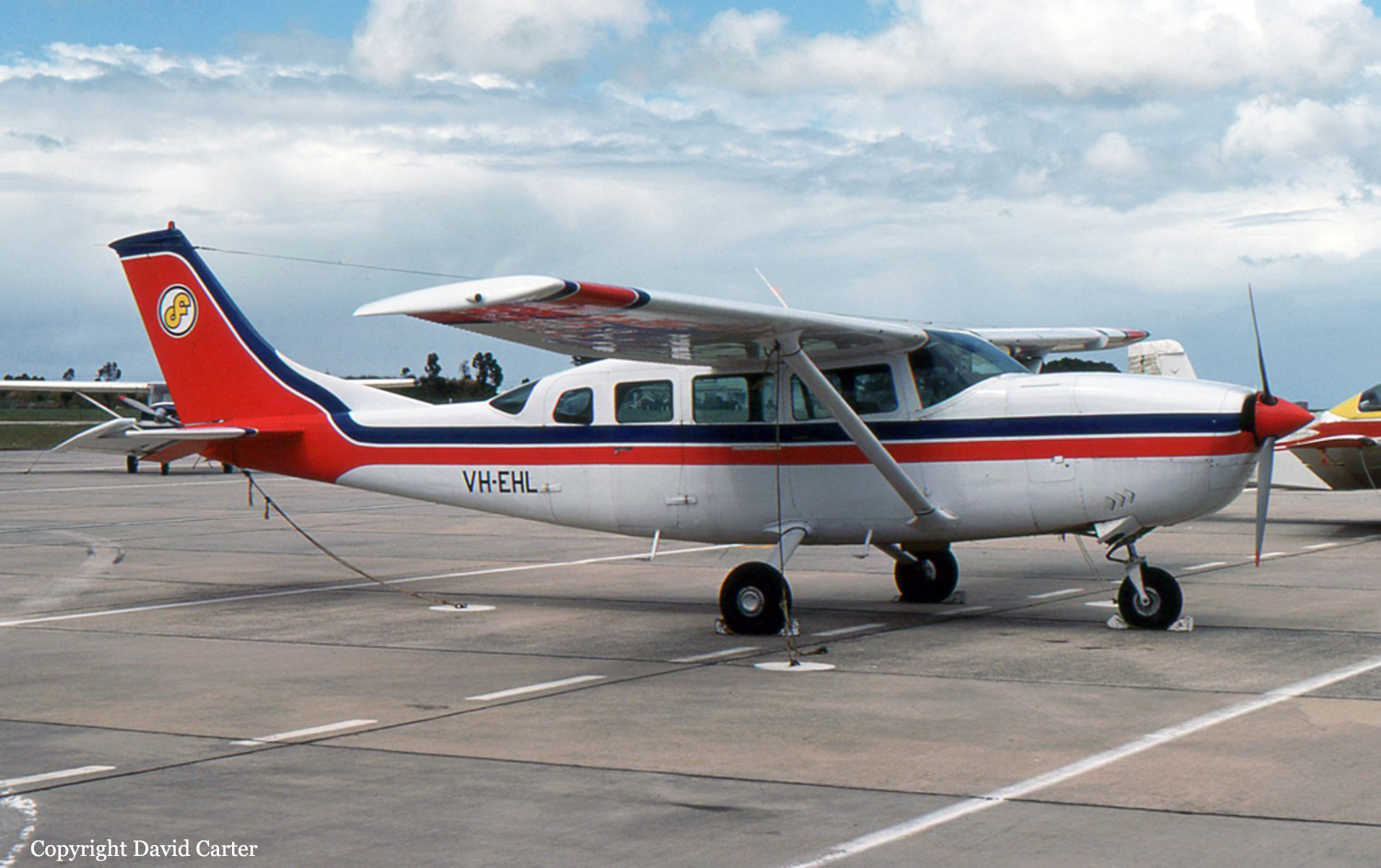Crash of a Cessna T207A Turbo Stationair 7 II in Pemberton: 1 killed
Date & Time:
May 18, 2006 at 1506 LT
Registration:
C-GGQR
Survivors:
No
Schedule:
Pemberton – Edmonton
MSN:
207-0499
YOM:
1979
Crew on board:
1
Crew fatalities:
Pax on board:
0
Pax fatalities:
Other fatalities:
Total fatalities:
1
Circumstances:
The aircraft departed from Pemberton Airport, British Columbia, at about 1500 Pacific daylight time on a visual flight rules flight to Edmonton, Alberta. The aircraft initially climbed out to the east and subsequently turned northeast to follow a mountain pass route. The pilot was alone on this aircraft repositioning flight. The pilot had been conducting air quality surveys for Environment Canada’s Air Quality Research Section in the Pemberton area. The aircraft was operating on a flight permit and was highly modified to accept various types of probes in equipment pods suspended under the wings, a camera hatch type provision in the centre belly area, and carried internal electronic equipment. About 30 minutes after the aircraft took off, the Coastal Fire Service responded to a spot fire and discovered the aircraft wreckage in the fire zone. A post-crash fire consumed most of the airframe, and the pilot was fatally injured. The accident occurred at about 1506 Pacific daylight time.
Probable cause:
Findings as to Causes and Contributing Factors:
1. The pilot entered the valley at an altitude above ground that did not provide sufficient terrain clearance given the aircraft’s performance.
2. The pilot encountered steeply rising terrain, where false horizon and relative scale illusions in the climb are likely. Realizing that the aircraft would not likely be able to out-climb the approaching terrain, he turned to reverse his course.
3. The aircraft’s configuration, relatively high weight, combined with the effects of increased drag from the equipment, density altitude, down-flowing winds, and manoeuvring resulted in the aircraft colliding with terrain during the turn.
Findings as to Risk:
1. A detailed flight plan was not filed and special equipment, such as laser radiation emitting devices and/or hazardous substances were not reported. The absence of flight plan information regarding these devices could delay search and rescue efforts and expose first responders to unknown risks.
2. Transport Canada (TC) does not issue a rating/endorsement for mountain flying training. There are no standards established to ascertain the proficiency of a pilot in this environment. Pilots who complete a mountain flying course may not acquire the required skill sets.
3. There was no emergency locator transmitter (ELT) signal received. The ELT was destroyed in the impact and subsequent fire. Present standards do not require that ELTs resist crash damage.
4. “Flight permits – specific purpose” are issued for aircraft that do not perform as per the original type design but are deemed capable of safe flight. Placards are not required; therefore, pilots and observers approved to board may be unaware of the limitations of the aircraft and the associated risks.
5. The TC approval process allowed the continued operation of this modified aircraft for sustained environmental research missions under a flight permit authority. This circumvented the requirement to meet the latest airworthiness standards and removed the risk mitigation built into the approval process for a modification to a type design.
Other Findings:
1. The fuel system obstruction found during disassembly was a result of the post-crash fire.
2. The aircraft was operated at an increased weight allowance proposed by the design approval representative (DAR). Such operation was to be approved only in accordance with a suitably worded flight permit and instructions contained in the proposed document CN-MSC-011; however, this increased weight allowance was not incorporated to any flight authority issued by TC.
1. The pilot entered the valley at an altitude above ground that did not provide sufficient terrain clearance given the aircraft’s performance.
2. The pilot encountered steeply rising terrain, where false horizon and relative scale illusions in the climb are likely. Realizing that the aircraft would not likely be able to out-climb the approaching terrain, he turned to reverse his course.
3. The aircraft’s configuration, relatively high weight, combined with the effects of increased drag from the equipment, density altitude, down-flowing winds, and manoeuvring resulted in the aircraft colliding with terrain during the turn.
Findings as to Risk:
1. A detailed flight plan was not filed and special equipment, such as laser radiation emitting devices and/or hazardous substances were not reported. The absence of flight plan information regarding these devices could delay search and rescue efforts and expose first responders to unknown risks.
2. Transport Canada (TC) does not issue a rating/endorsement for mountain flying training. There are no standards established to ascertain the proficiency of a pilot in this environment. Pilots who complete a mountain flying course may not acquire the required skill sets.
3. There was no emergency locator transmitter (ELT) signal received. The ELT was destroyed in the impact and subsequent fire. Present standards do not require that ELTs resist crash damage.
4. “Flight permits – specific purpose” are issued for aircraft that do not perform as per the original type design but are deemed capable of safe flight. Placards are not required; therefore, pilots and observers approved to board may be unaware of the limitations of the aircraft and the associated risks.
5. The TC approval process allowed the continued operation of this modified aircraft for sustained environmental research missions under a flight permit authority. This circumvented the requirement to meet the latest airworthiness standards and removed the risk mitigation built into the approval process for a modification to a type design.
Other Findings:
1. The fuel system obstruction found during disassembly was a result of the post-crash fire.
2. The aircraft was operated at an increased weight allowance proposed by the design approval representative (DAR). Such operation was to be approved only in accordance with a suitably worded flight permit and instructions contained in the proposed document CN-MSC-011; however, this increased weight allowance was not incorporated to any flight authority issued by TC.
Final Report:










